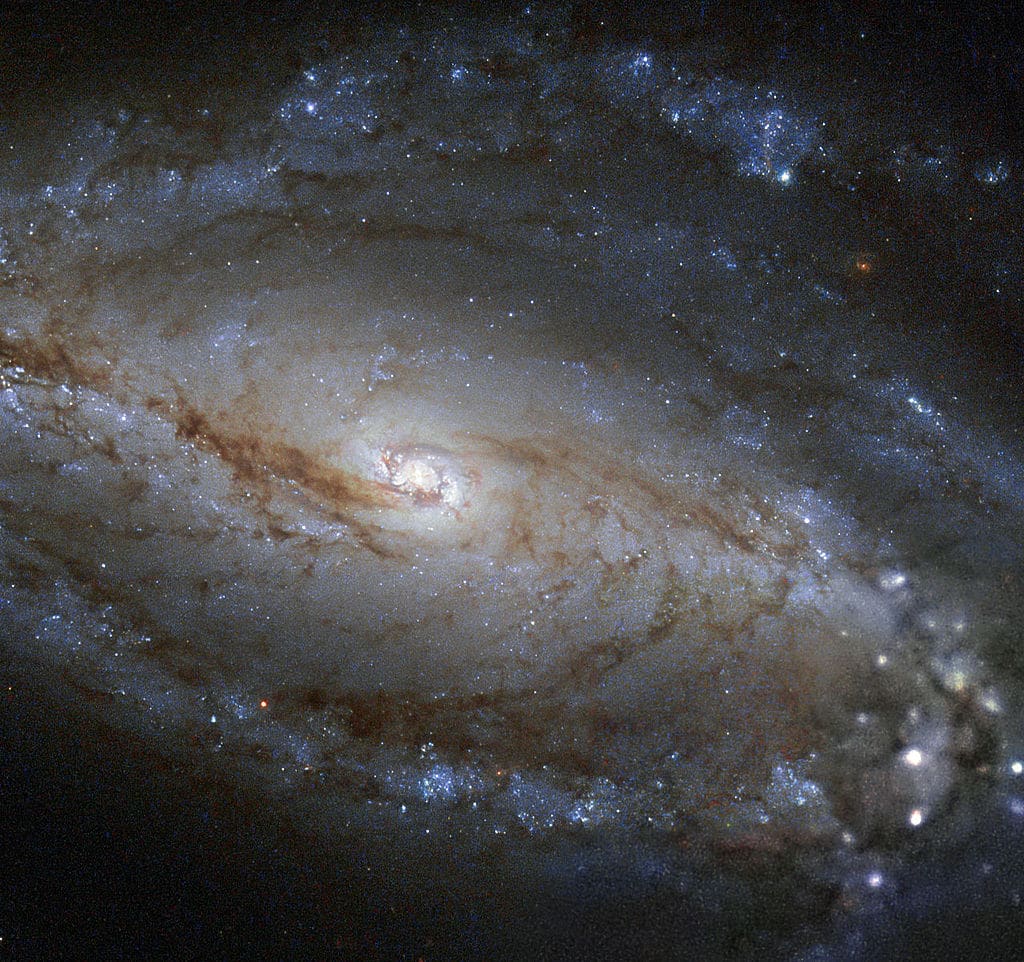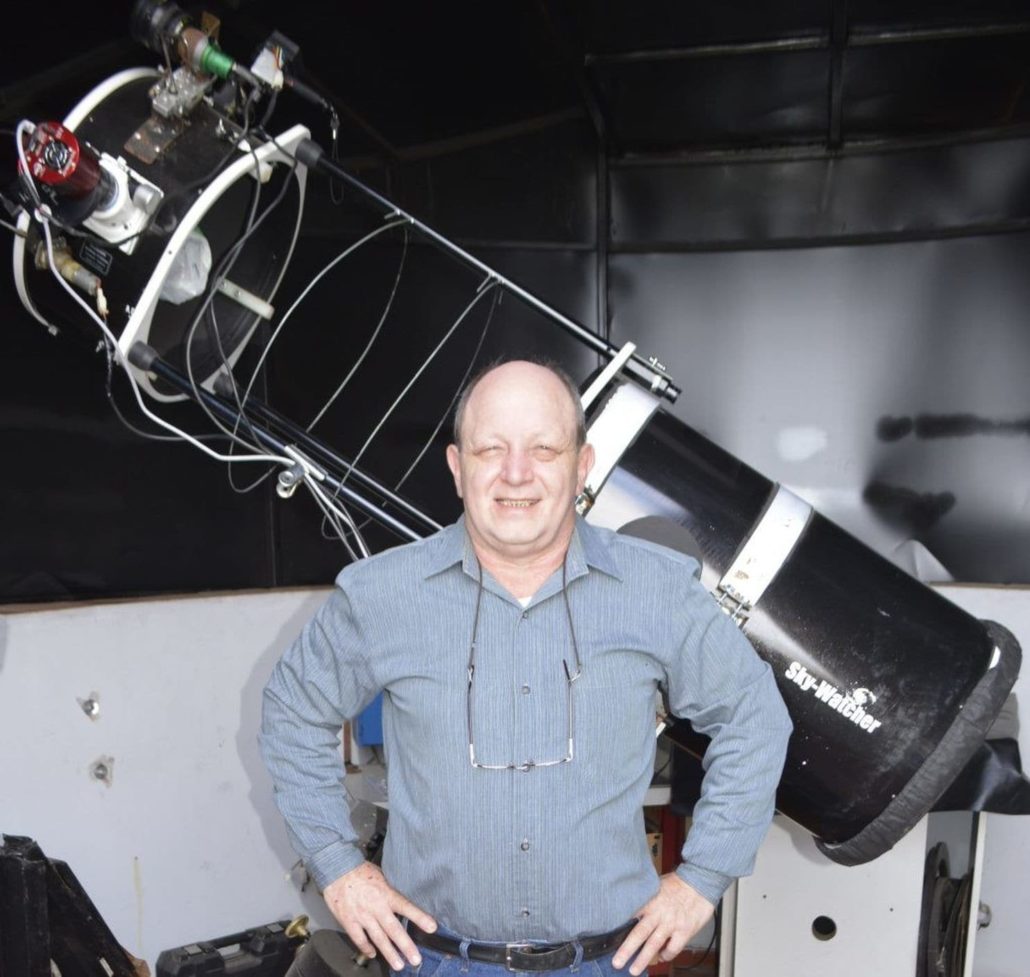
Talk about lucky! An exploding star. A guy from Argentina was testing out his 16″ telescope last month, and he just happened to capture images of a supernova exploding in the barred spiral galaxy NGC 613:

From Quartz:
The burst of light from a supernova, called a “shock breakout,” occurs when a supersonic pressure wave from the star’s exploding core hits the gas at the star’s surface. The impact causes the gas to heat to an extremely high temperature and rapidly emit light for a fleeting moment. Until Buso’s photo, no one had captured such an image because stars explode seemingly at random.
“Professional astronomers have long been searching for such an event,” said UC Berkeley astronomer Alex Filippenko, who was among the international research team that conducted follow-up observations.
Buso quickly noticed the unusual burst of light in his photos and contacted an international group of astronomers. Over the next two months, both amateur and professionals jointly collected data on the explosion, called SN 2016gkg, in the spiral galaxy NGC 613. The new data provides rare insight into a star’s catastrophic demise, which was published today (Feb. 22) in Nature.
This is an amazing discovery — cosmic photons captured by accident — let’s hope that the amateur astronomer Victor Buso buys a lottery ticket!

Total nerdout side link: The Transcient Name Server — information on NGC 613

Check out the shock wave on this thing, it is like a solar horror film:
Look at the smiler on this guy! Ladies and gentlemen, meet amateur supernerd Victor Buso:

hat tips:
www.coolhunting.com/link/amateur-astronomer-photographs-exploding-star
qz.com/1213438/an-amateur-astronomer-captured-an-impossible-photo-of-an-exploding-star/
www.washingtonpost.com/news/speaking-of-science/wp/2018/02/21/a-self-taught-astronomer-spotted-something-no-scientist-had-ever-seen/
Also check out some amazing photographs of galaxy NGC 613:
https://en.wikipedia.org/wiki/NGC_613




